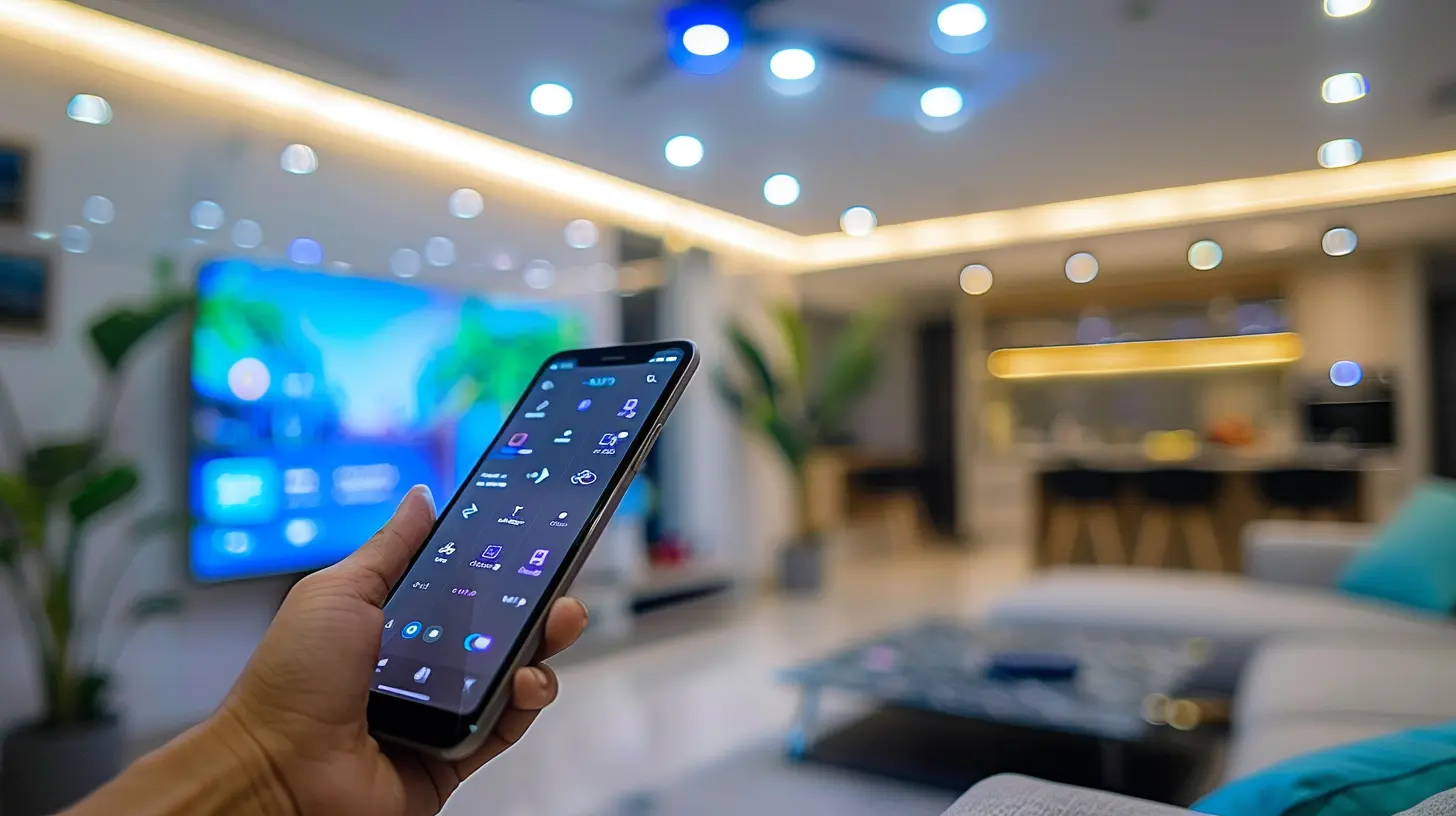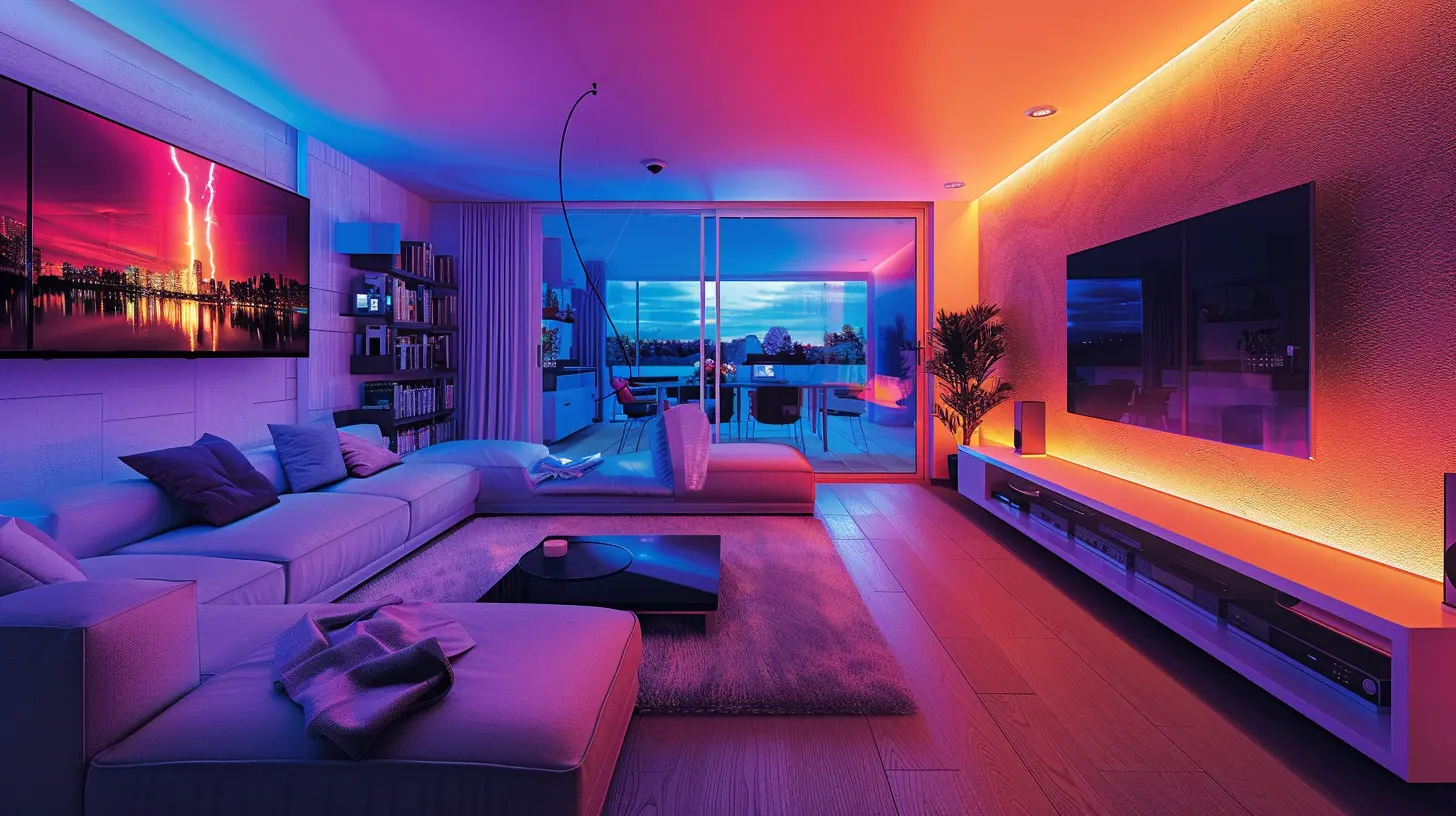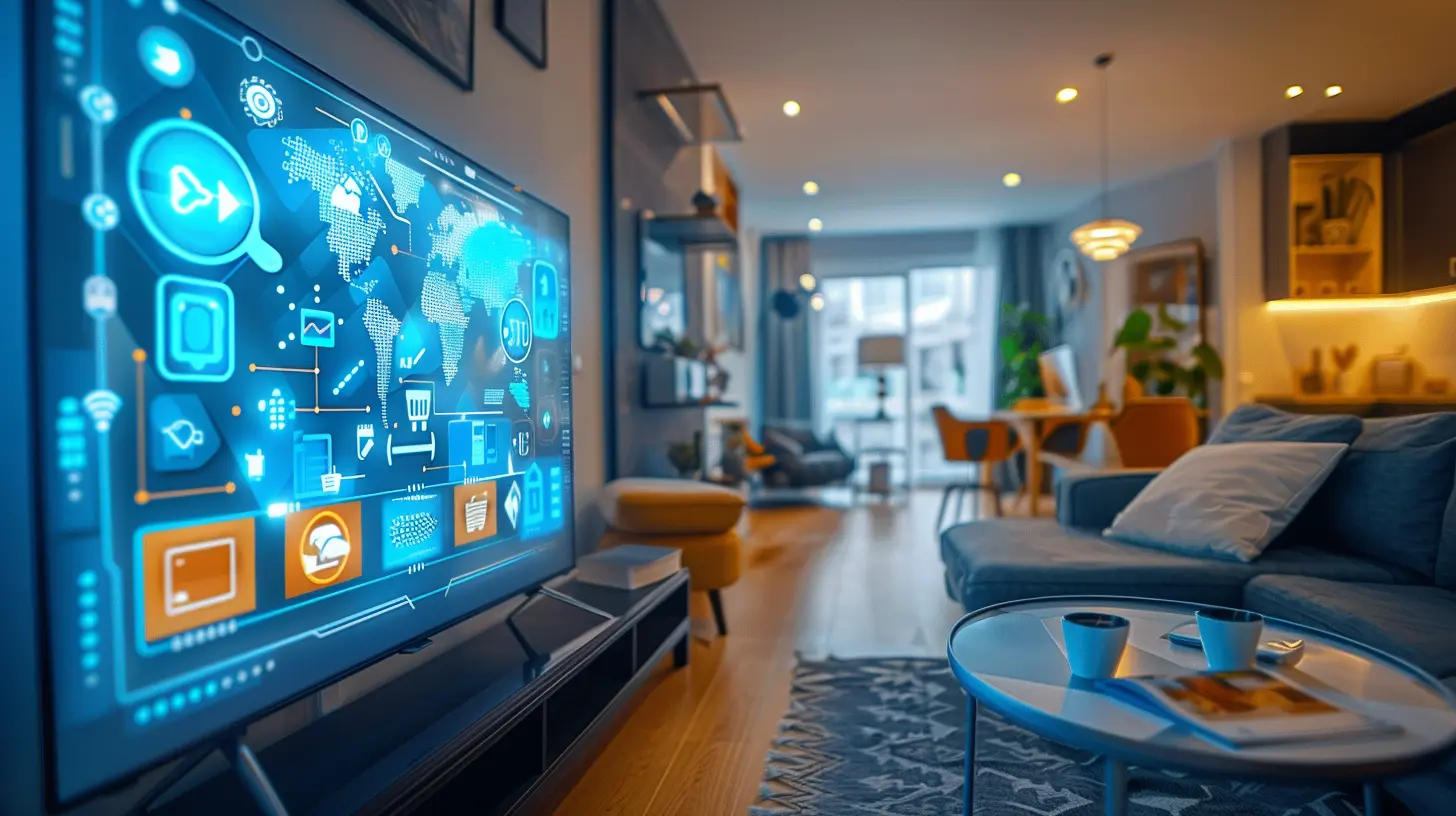How Smart Displays Are Making Smart Homes More Accessible
19 June 2025
Smart homes were once a luxury, but thanks to smart displays, they’re becoming more accessible than ever. These sleek, interactive screens pack a punch—giving users control over their home automation without needing to be a tech wizard. Whether you're managing security cameras, adjusting lighting, or chatting with a virtual assistant, smart displays are transforming how we interact with our living spaces.
But how exactly do they make smart homes more accessible? Let’s break it down.

What Are Smart Displays?
A smart display is essentially a tablet with built-in voice assistants like Google Assistant, Amazon Alexa, or Apple's Siri. Unlike regular tablets, smart displays are designed to be a central dashboard for your home. They allow you to control connected devices, stream videos, make video calls, check the weather, and even follow step-by-step cooking instructions—all hands-free.
Making Smart Homes Easier for Everyone
Smart displays are a game-changer for turning complex tech into something anyone can use. Here's how they’re making smart homes more accessible for people of all ages and abilities.1. Simplified Control Over Smart Devices
Remember when setting up a smart home meant toggling between multiple apps? That was frustrating! Smart displays centralize control, meaning everything from your smart thermostat to your doorbell camera is accessible in one place.Instead of fumbling with your phone, just say:
"Hey Google, dim the living room lights."
Boom—done!
These displays act as the nerve center of a smart home, reducing the learning curve and making automation more intuitive.
2. Voice Commands for Hands-Free Accessibility
For people with disabilities, mobility challenges, or even just busy hands, voice commands are a lifesaver. Whether it’s adjusting the thermostat, setting reminders, or calling a friend, everything can be done with a simple voice prompt.For example, someone with limited mobility can say:
"Alexa, turn on the coffee maker."
And just like that, morning coffee is brewing without lifting a finger.
3. Better Home Security & Monitoring
Home security systems have become more user-friendly, thanks to smart displays. Instead of relying on complicated installations and separate devices, smart displays act as a control hub for cameras, locks, and alarms.- See who’s at the door with a live video feed.
- Lock or unlock doors remotely.
- Get real-time motion alerts.
This is incredibly helpful for parents keeping an eye on kids, elderly family members checking for visitors, or even travelers who want to monitor their home while away.
4. Assistance for Seniors and People With Disabilities
Smart homes aren't just for tech enthusiasts—they’re also improving the quality of life for seniors and individuals with disabilities.- Medication Reminders – Set up reminders for medication times.
- Emergency Assistance – Voice commands can call emergency contacts if needed.
- Easy Communication – Video calling via a smart display allows face-to-face interactions with family members, reducing isolation.
For aging individuals who can’t always interact with tech through small buttons or touchscreens, a voice-controlled display is a game-changer.
5. Cooking & Daily Routines Made Easier
How often have you struggled with a recipe, trying to scroll on your phone with messy hands? Smart displays make cooking a seamless experience.- Hands-free recipe guidance.
- Step-by-step video instructions.
- Voice timers and alarms.
Not just cooking, but daily routines—like checking calendars, setting reminders, and controlling music—become effortless with a smart display.
6. Entertainment & Home Automation in One Place
Smart displays serve as entertainment hubs as well. Whether you want to:- Stream your favorite shows on Netflix or YouTube.
- Listen to Spotify, Apple Music, or podcasts.
- Enjoy audiobooks while you cook or relax.
It’s all integrated into one device. Pair this with smart speakers, and your entire home responds to your entertainment mood.
7. Increased Accessibility for Non-Tech-Savvy Users
Let’s face it—not everyone is comfortable with technology. Some folks struggle with apps, smart assistants, and automation in general. But smart displays simplify interactions, making smart homes more accessible for non-tech-savvy users by offering:- Touch-friendly interfaces – Simple on-screen controls for those who prefer tapping over voice commands.
- Clear visual cues – Large, easy-to-read text and graphics.
- Straightforward setup – No need for complex configurations.
If someone in your family struggles with smartphones or tablets, a smart display might be the perfect middle ground.

Are Smart Displays Right for Every Home?
Smart displays are powerful, but they aren’t for everyone. Here’s what to consider:✅ Pros
- Centralized control for smart devices.- Hands-free voice commands.
- Improved accessibility for seniors & disabled individuals.
- Enhanced home security & monitoring.
- Entertainment & automation in one place.
❌ Cons
- Can be pricey depending on the model.- Privacy concerns with voice assistants always listening.
- Requires Wi-Fi to function properly.
For many, the benefits outweigh the drawbacks—especially when it comes to accessibility and convenience.

Best Smart Displays to Consider
If you’re thinking of adding a smart display to your home, here are some top options:🔹 Google Nest Hub (2nd Gen)
Best for: Google ecosystem users who want seamless integration with Nest products.🔹 Amazon Echo Show 10
Best for: Those who prefer Alexa’s ecosystem and want a rotating screen that follows them.🔹 Facebook Portal+
Best for: Families who use Facebook Messenger and WhatsApp for video calls.🔹 Lenovo Smart Display
Best for: Users who want both Google Assistant's intelligence and a stylish design.Each of these devices offers unique features, so it’s worth considering your specific needs before buying one.
Final Thoughts
Smart displays are revolutionizing the way we interact with smart homes, making them more convenient, accessible, and intuitive for everyone. Whether you’re a busy parent, a senior looking for an easy-to-use device, or someone with mobility limitations, smart displays bridge the gap between tech and daily life.With voice commands, centralized control, and increased accessibility, these devices are no longer just futuristic gadgets—they’re necessities for modern living.
So—is it time to upgrade your home with a smart display? You might be surprised at how much it simplifies your life!
all images in this post were generated using AI tools
Category:
Smart DisplaysAuthor:

Reese McQuillan
Discussion
rate this article
2 comments
Preston Perez
Smart displays enhance accessibility in smart homes by integrating voice control and intuitive interfaces, empowering users of all abilities to seamlessly interact with their environment and improve daily living.
June 19, 2025 at 12:06 PM

Reese McQuillan
Thank you for highlighting the importance of smart displays in enhancing accessibility! Their voice control and user-friendly interfaces truly empower everyone to interact effortlessly with their homes.
Caleb Reese
Great insights on accessibility in homes!
June 19, 2025 at 2:46 AM

Reese McQuillan
Thank you! I'm glad you found the insights valuable.


